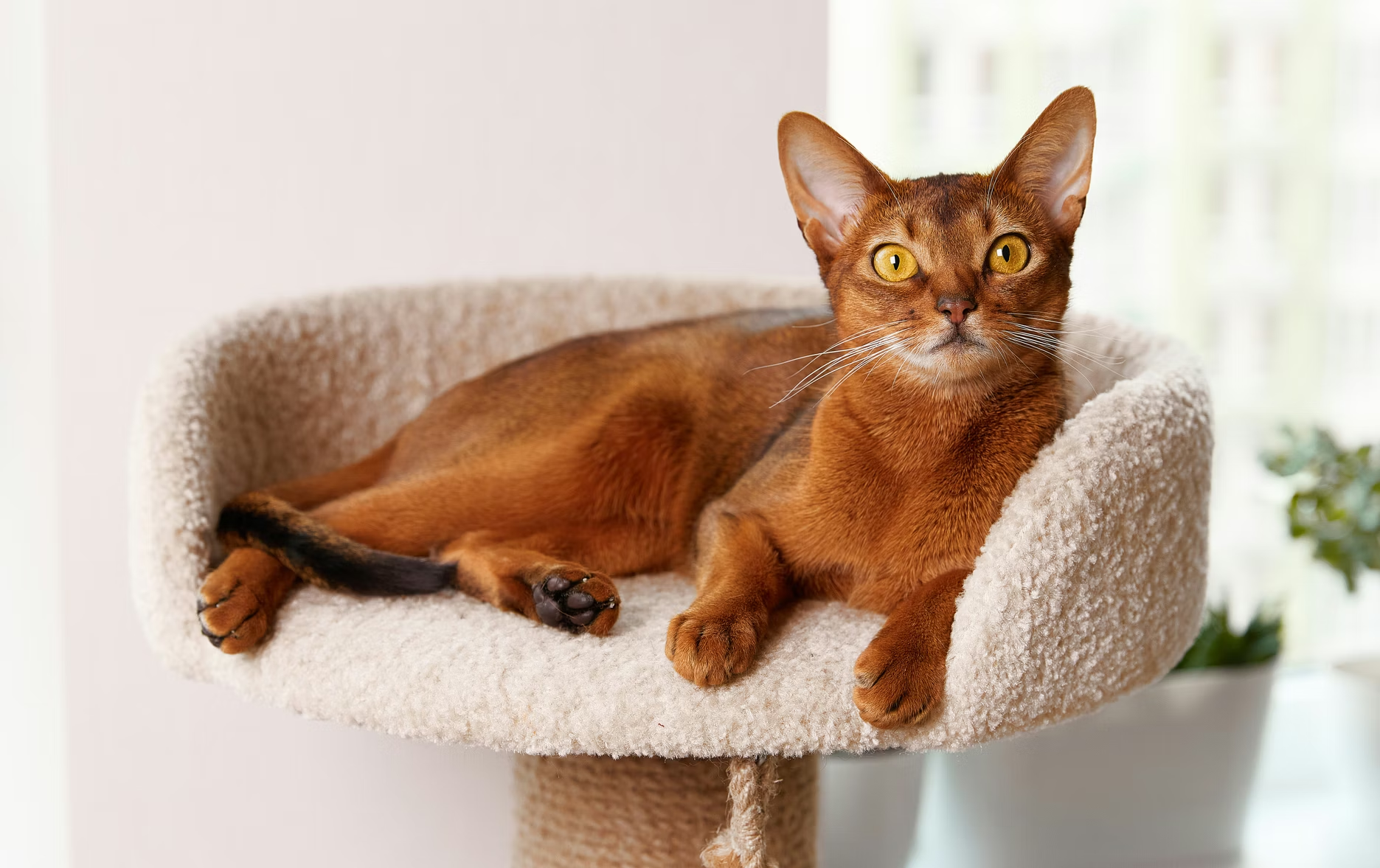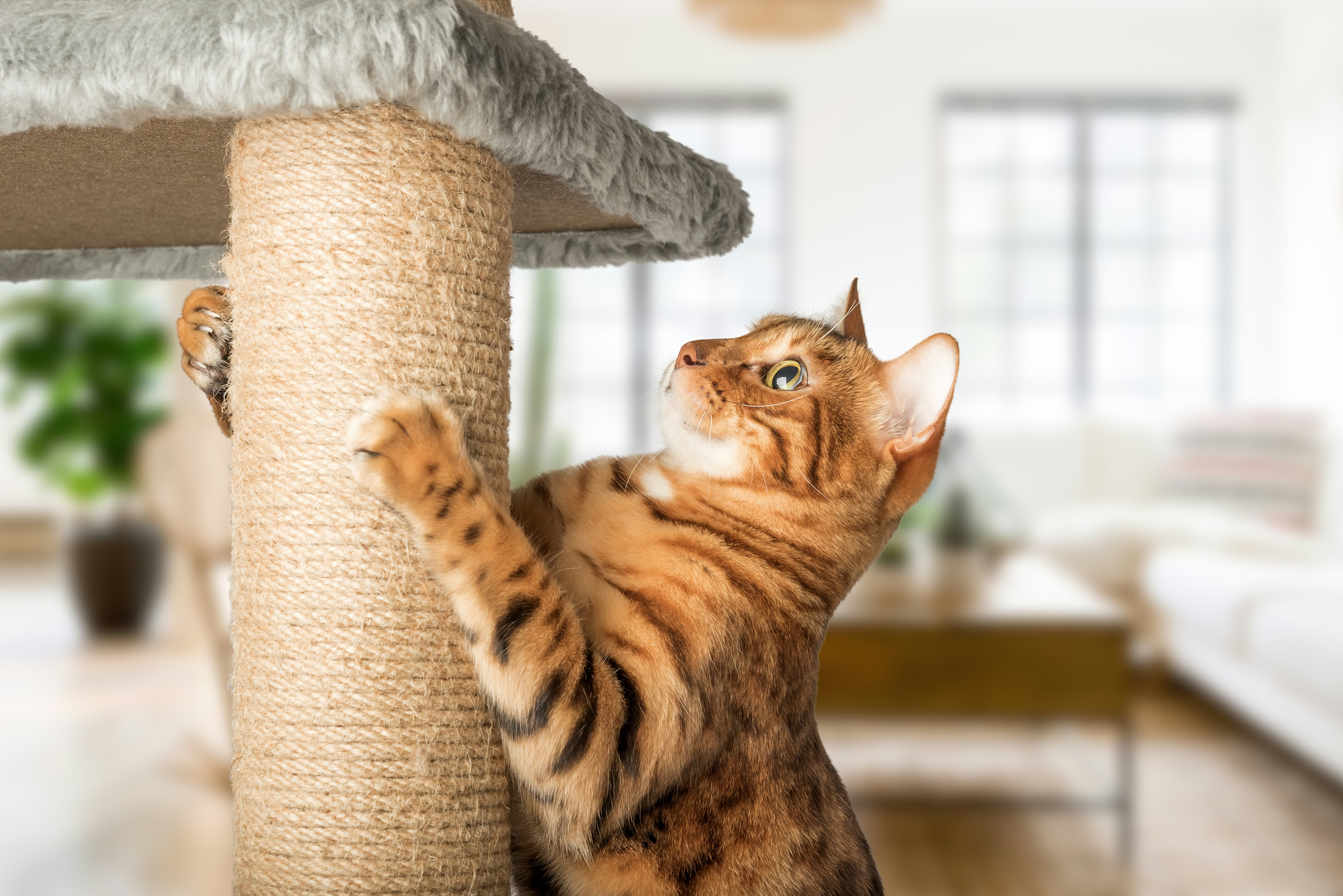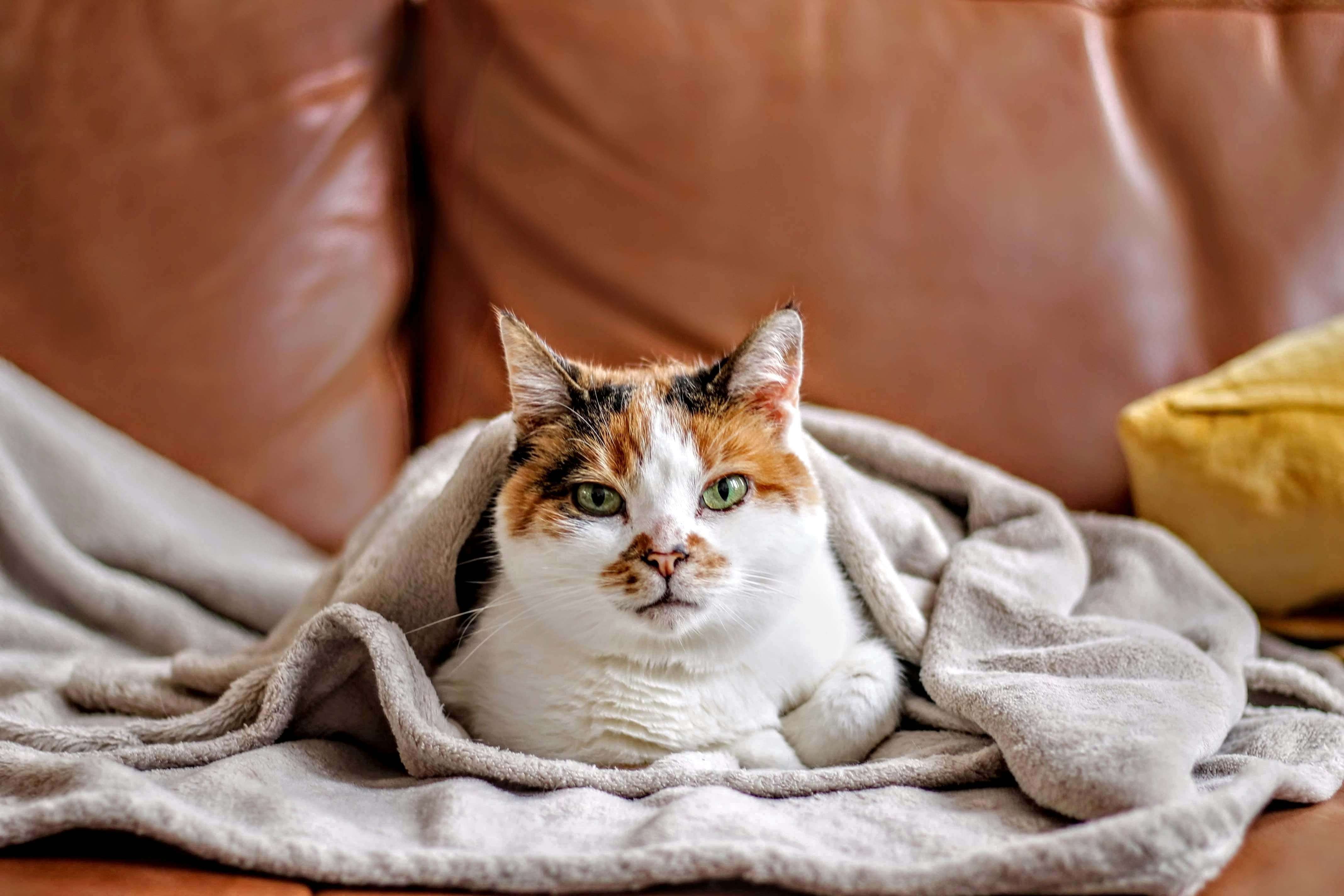Taking the best care of your cat requires an understanding of their individual health needs. Those needs include diet, exercise, enrichment, and preventive care, among other elements. But understanding health risks they may face as a result of their genetic makeup is also important. So let’s take a look at some of the common or significant genetic conditions seen in cats, and discuss what you can do—including genetic testing with Wisdom Panel—to be proactive about your feline friend’s health.
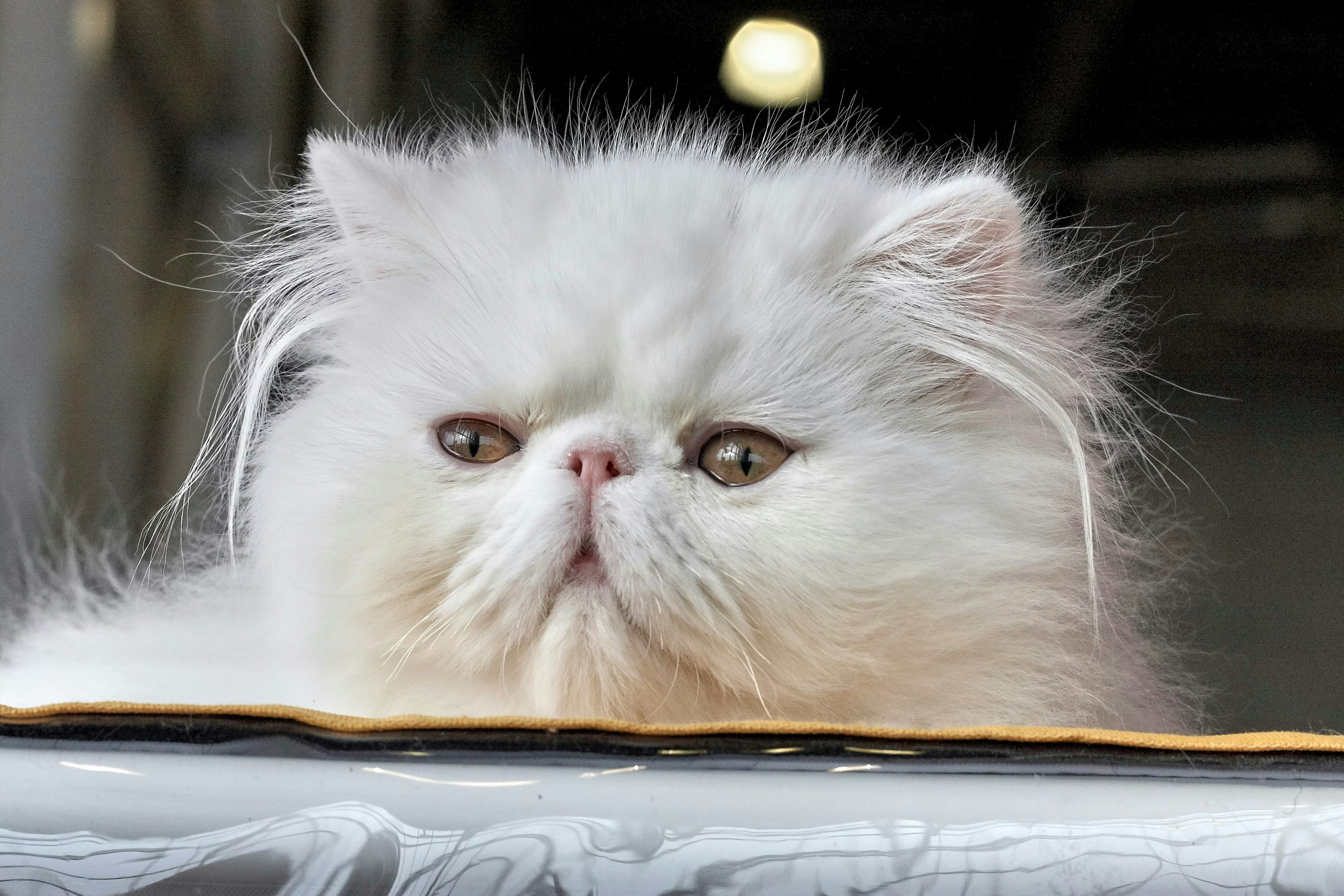
Important genetic conditions in cats
Polycystic Kidney Disease
Polycystic Kidney Disease, commonly known as PKD, is the most common single-gene inherited disease found in cats. Cats with this disease develop fluid-filled cysts in the kidneys that, over time, impair kidney function and can lead to kidney failure. Any cat can develop this condition, though it is most common in Persians and Persian-related breeds.
Signs of PKD are similar to those of feline chronic kidney disease and include:
- Increased thirst and urination
- Lethargy
- Weight loss
There is no cure for PKD, though supportive care can lessen the impact of its effects. Your veterinarian may recommend a specially-formulated diet, fluid therapy, or medications to reduce nausea and to block absorption of phosphorus. Early detection of the disease allows for these supportive interventions before kidney failure reaches late stages. Genetic testing can identify if your cat is at-risk for this disease.
Pyruvate Kinase (PK) Deficiency
Pyruvate Kinase Deficiency is a disorder that causes anemia due to the breakdown of red blood cells. It is a highly variable disease in its clinical signs—and the severity with which they present. Signs may include:
- Lethargy
- Weakness
- Diarrhea
- Pale mucous membranes
- Anorexia
- Weight loss
- Poor coat quality
- Jaundice
PK Deficiency cannot be prevented or cured, though supportive treatment to manage its effects can allow cats to maintain a high quality of life if clinical signs are not severe.
The Abyssinian and Somali breeds are predisposed to PK Deficiency, though it has been reported in other breeds as well. Genetic testing can determine your cat’s carrier or risk status.
Progressive Retinal Atrophy
Progressive Retinal Atrophy (PRA) is a genetic disease in cats that causes the light sensing retina at the back of the eye to degenerate over time. Signs of the disorder include night blindness, progressive vision loss, and total blindness. Some of the breeds that are predisposed to PRA include Persians, Bengals, and Abyssinians, though the condition has been reported in many breeds.
Unfortunately, there is no treatment or cure for PRA. However, cats are resilient and can adapt well when they lose their sight. As a pet parent, you can help your cat feel comfortable and stay safe by:
- Avoiding changes to furniture placement
- Keeping essential items like food and water bowls in familiar locations
- Blocking access to hazards like stairs or in-ground pools
Hypertrophic Cardiomyopathy (HCM)
Hypertrophic Cardiomyopathy is the most common heart disease in cats. It’s characterized by an abnormal thickening of the heart muscle, which reduces the heart’s efficiency and can lead to congestive heart failure, arrhythmias, or sudden death.
HCM is prevalent in breeds including the Maine Coon, Ragdoll, Persian, British Shorthair, Sphynx, and Chartreux. Genetic screening is available for some of these breeds, and regular veterinary exams can help with early detection.
There is no cure for HCM, but cats diagnosed with the disorder may receive beta-blockers and medications for prevention of blood clots. In advanced cases, a veterinarian may prescribe medication for treatment of heart failure.
Diabetes Mellitus
Diabetes Mellitus is a condition where the pancreas fails to produce sufficient insulin or the body becomes resistant to insulin, leading to elevated blood sugar levels. Symptoms of diabetes in cats include:
- Increased thirst and urination
- Weight loss
- Changes in appetite
Though environmental factors play a large role in development of diabetes in cats, the prevalence of diabetes in breeds such as the Burmese suggest genetics are also a contributing factor.
If your cat is diagnosed with diabetes, your veterinarian will prepare a treatment plan that may include weight management, adjustments to your cat’s diet, or insulin therapy to maintain stable blood glucose levels.
Feline Lower Urinary Tract Disease
Lower urinary tract diseases (LUTD) are common in cats and can range from mild to serious. There can be many different causes, such as obstructions, urinary infections, or urinary stones. Signs of a LUTD include:
- Difficult or painful urination
- Increase urination
- Blood in the urine
- Urinating outside the litter box
Any cat can develop a lower urinary tract disease, though breeds with a high prevalence include Persians, Himalayans, and Russian Blues. Treatment of LUTD depends on the cause and severity, and may include antibiotics, fluid therapy, pain medication, or special diets.
MDR1 medication sensitivity
A mutation in the MDR1 gene in cats impacts the ability to excrete and eliminate certain medications from their system. When this occurs, these medications linger for longer than intended, particularly in the brain. This can cause severe adverse reactions to some commonly used medications.
Signs that your cat may have an MDR1 medication sensitivity include:
- Difficulty breathing
- Difficulty walking
- Dilated pupils
- Drooling
- Jumpiness
- Lethargy
- Seizures
- Tremors
Luckily, genetic testing can reveal if your cat has one or two copies of the MDR1 mutation. Once the risk is identified, your veterinarian can use alternate medications that aren’t impacted by this condition.
Blood type incompatibility
Cats have different blood types, which they inherit based on the genes passed down to them from their parents. Not all blood types are compatible, so understanding which type your cat has is important. Potential issues can arise during breeding or if your cat require a blood transfusion.
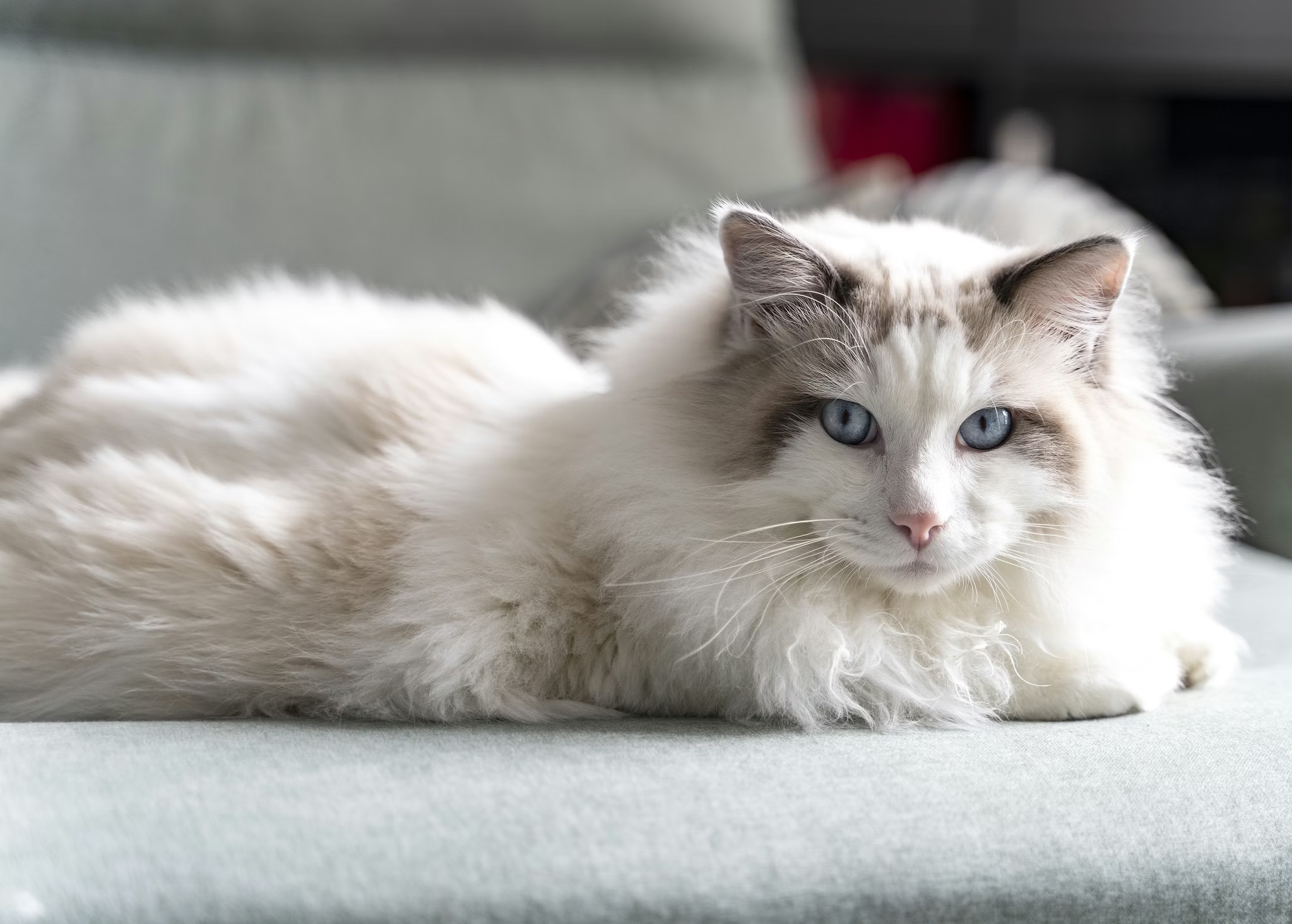
The role of genetic testing in cat health
Genetic testing plays a critical role in the early detection and management of inherited diseases in cats. By understanding your cat’s genetic risks, veterinarians can tailor care plans to their unique needs. DNA testing, combined with regular veterinary exams and proactive health management, are key to ensuring a healthy, happy life for your cat.
Additional resources
- https://www.vet.cornell.edu/departments-centers-and-institutes/cornell-feline-health-center/health-information/feline-health-topics/hypertrophic-cardiomyopathy#:~:text=Although%20the%20cause%20of%20HCM,some%20cats%20with%20this%20disease
- https://www.sciencedirect.com/science/article/pii/S0022316623030031#:~:text=Conclusion,the%20most%20common%20predisposing%20factors
- https://www.vin.com/apputil/content/defaultadv1.aspx?pId=11290&catId=33324&id=4252806#:~:text=Although%20there%20is%20no%20racial,obstructive%20disease%20(Lekchroensuk%20et%20al
